15 wild features that used to come with new cars but don’t anymore
The reasons these features died range from ever evolving social trends to addressing potential safety concerns

Cars have radically changed over the last few decades, adding technology like touch screens, cameras, and voice assistants, while quietly losing features that were prevalent for years. Depending on your persuasion, some of the advancements have positively impacted modern vehicles, and some seem to have needlessly complicated things that were once simple.
Today, we’re looking at all the features that I either don’t see on many new vehicles, and some that I haven’t seen in cars since I was a kid. The extinction of these features range from ever evolving social trends to addressing potential safety concerns, but they all have one thing in common: We just don’t see them anymore.
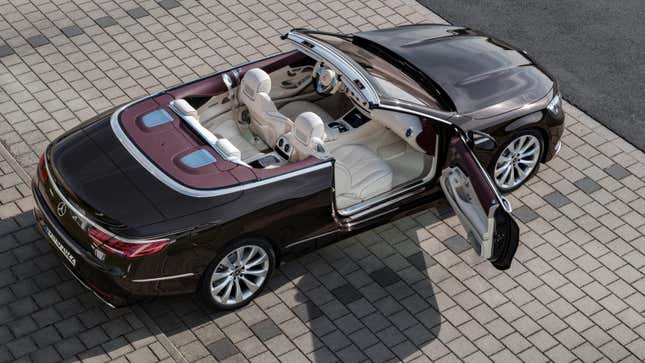
Convertibles are cool, but fewer and fewer convertibles are on offer today. There used to be convertible economy cars and family sedans that turned into convertibles, but now most convertibles are two-seat exotics or oversized SUVs. I’m noticing fewer and fewer new models offer convertible variants, from the tragic death of the Mercedes-Benz S-Class cabriolet to the disappointing lack of a BMW 2 Series convertible. It’s tragic, in my opinion. I will always love putting the top down, and I am grateful to the automakers who continue to build convertibles despite their dwindling numbers.
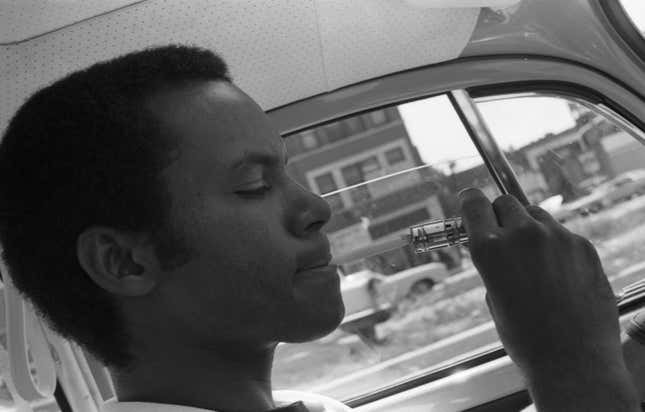
I have never seen someone actually use an automotive cigarette lighter to light a cigarette in real life, but I do remember always playing with the one in my grandpa’s truck and getting smacked for it. Cigarette lighters have made way for plastic plugs for 12V outlets, a much more useful feature for modern car buyers.
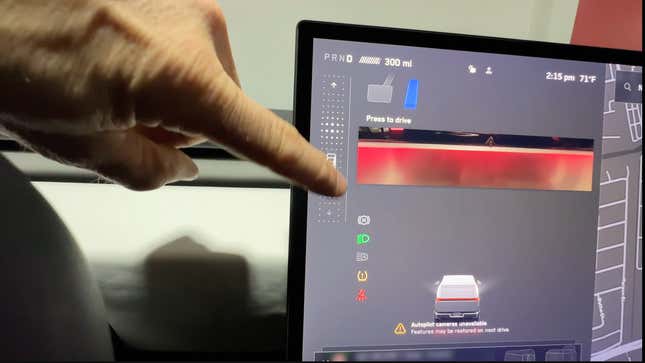
Traditional physical gear selectors are disappearing. Whether it’s in the sake of space efficiency or reducing production costs, we’re losing them and that’s a shame. Most consumers don’t face this challenge, but as someone who often gets into new cars, it can be confusing to navigate all the new innovative shifters. Ultimately though, as long as automakers don’t follow Tesla’s hateful footsteps and delete the physical shifter all together then I’ll be okay. Please don’t do that.

I grew up sitting in the middle seat of my grandpa’s single-cab 1992 Ford F-150 with just a lap belt and no head restraint. My grandma’s Cadillac DeVille also had a big cushy leather sofa of a front bench seat, but kids these days won’t know the joys of sitting in the middle seat. Most single-cab trucks keep the bench seat, but even extended cab trucks often ditch the bench for front buckets.
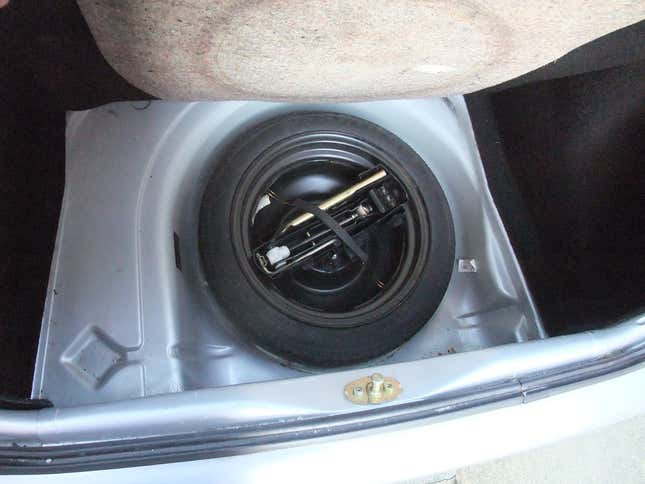
For whatever reason, many automakers have chosen not to provide buyers with even a compact spare tire. Some have made spare tires optional extras, but many just provide a tire repair kit. Not having to engineer enough space for a spare tire allows companies to report bigger luggage capacities, save weight, and lower costs, but I think a space-saver spare should be in every new car.
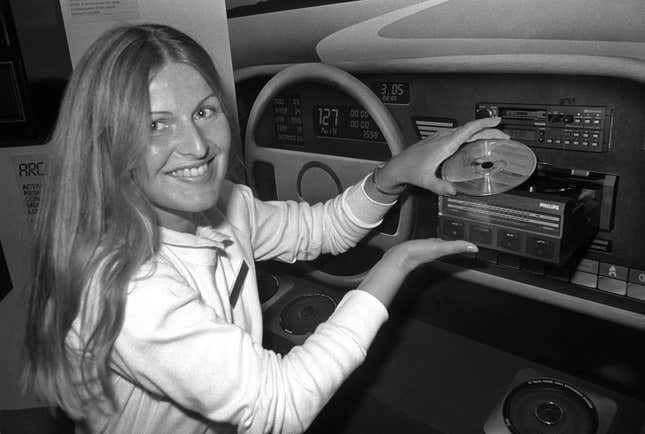
Compact discs or CDs were once used to store music, and you would have to put the CD into the CD player to hear your music. There were even stores dedicated to selling, buying, and trading CDs. You used to keep all your favorite CDs in your car so you could listen to them on the road, and each CD usually only contained a single album, so you’d have to keep lots of CDs on hand if you wanted some aural variety. Obviously MP3 players and smartphones have replaced CDs and CD players, so the lack of CD players in new cars makes sense.
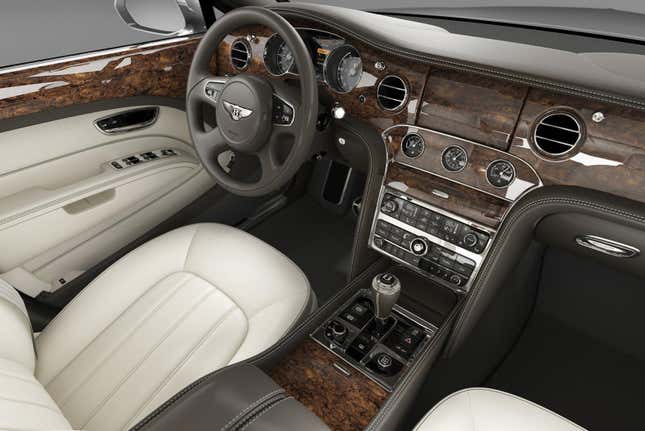
You have probably read all the stories about modern cars deleting physical controls from new models and replacing them with new menus that live within the infotainment screen. I’ll use the same argument for this that I use to justify my stance on the importance of physical gauges on expensive cars: Rolex doesn’t make digital watches because it wants to preserve the craftsmanship and tactile quality of its products. I think cheaper cars can get away with shoving all the controls into a screen, but ultra luxury cars still need some physical representations of quality and craftsmanship to set themselves apart from the herd.

Every car used to have dedicated cigarette ash trays, sometimes even providing one for each seat. As consumer behavior changed, it shifted focus away from smoking and moved it onto more important things like the number and usability of cupholders and wireless phone chargers. Many car ash trays ended up holding odds and ends like loose change or gum wrappers anyway, so they aren’t likely missed.
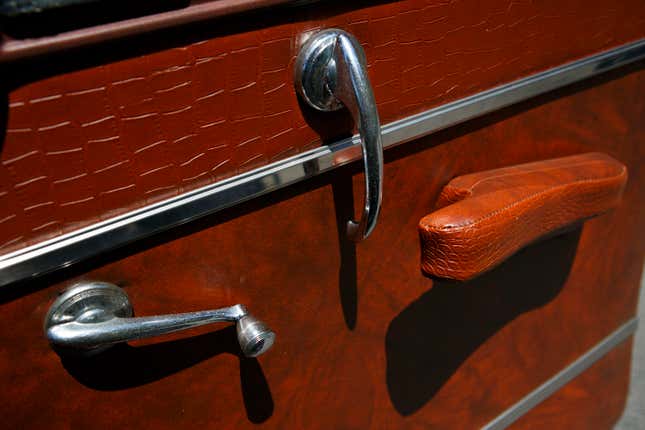
I’m surprised that crank windows have fallen from popularity, they just seemed like something that would never disappear from cars. Even the cheapest new cars on sale come standard with power windows, though the Jeep Wrangler keeps the tradition of crank windows alive for now.
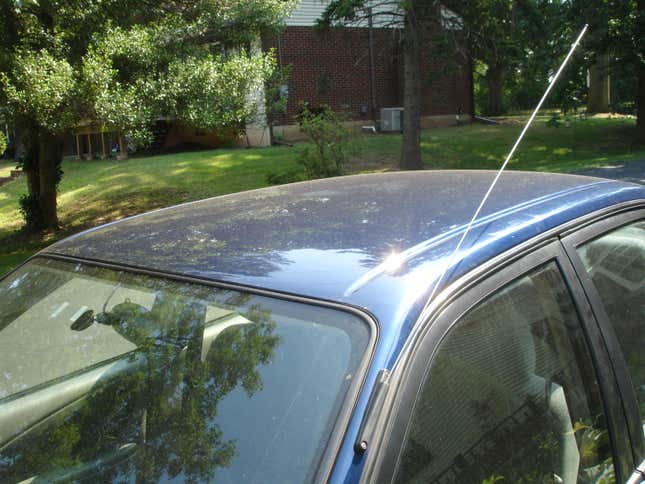
I remember my family got an Ed Roth flaming eyeball antenna topper when I was a kid and it made finding our Dodge Grand Caravan so easy. Antenna toppers are the only argument in my mind for retaining old fashioned metal antennas. Modern cars have sleek looking shark fins instead of the giant wires sticking out of older cars, and honestly this is one feature I don’t really mind losing.
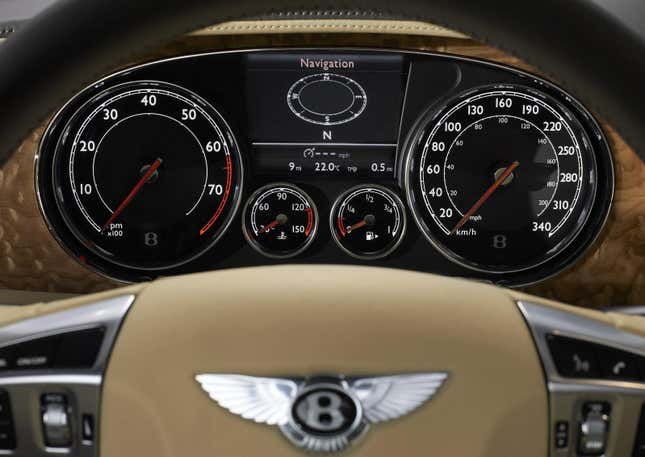
I don’t mind digital gauges on some cars, but I also think that some cars should keep physical gauges. Economy cars can have digital gauges, but a true luxury car should be about exquisite craftsmanship, like an expensive watch. Does Rolex make digital watches? No, that would cheapen the experience. Bentley and Rolls-Royce, I’m talkin’ to you.
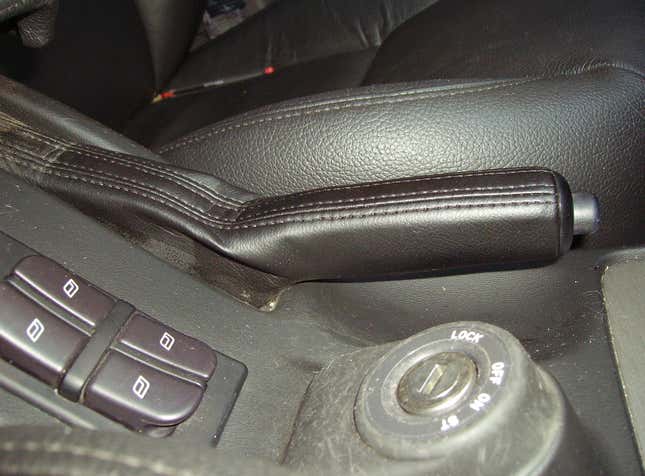
The demise of the manual parking brake is another one that only offends me in some applications. Electronic parking brakes are great innovations for folks who forget to set their parking brake and only use their car as an appliance. Manual emergency brakes serve a less logical purpose in performance cars, making things fun. I hope manual handbrakes don’t disappear forever, but I think the current trend of keeping manual hand brakes in enthusiast models is a good solution.
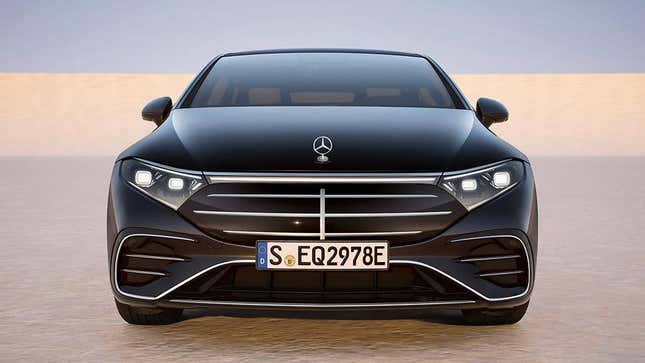
The pursuits of aerodynamic optimization and pedestrian safety have contributed to the endangerment of the automotive hood ornament. That said, a few important companies keep the tradition alive, and have effectively elevated the hood ornament to only be featured on very special cars. I still think it would be fun to see more cars with creative hood ornaments, though.
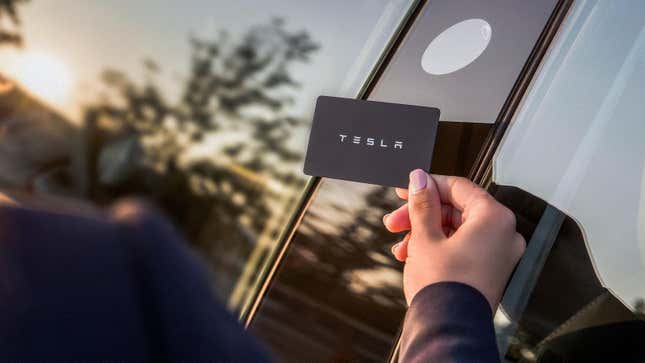
The automotive industry has been conspiring against car keys for a long time now, with baby steps like keyless entry and keyless go, and with giant leaps like Tesla’s tap card and phone as key functionality. It feels reckless to delete the use of physical keys entirely, and I’ve never had a problem with keeping my keys in my pocket to use keyless entry and keyless go while keeping a metal key in case of emergency.
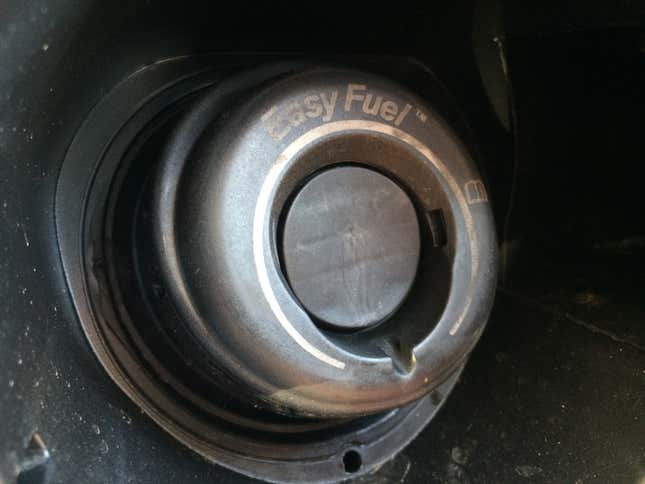
The advent of capless fueling systems has replaced the old fashioned gas caps as the trending way of keeping your gasoline inside your car. As long as the car has a lockable fuel filler door, I think capless fueling systems provide a smoother experience than traditional gas caps. If the fuel door doesn’t lock, the car should have a lockable gas cap. Someone vandalized my mom’s 1996 Dodge Grand Caravan by pouring sugar into the gas tank, and ever since then we made sure to get locking gas caps for our cars.




